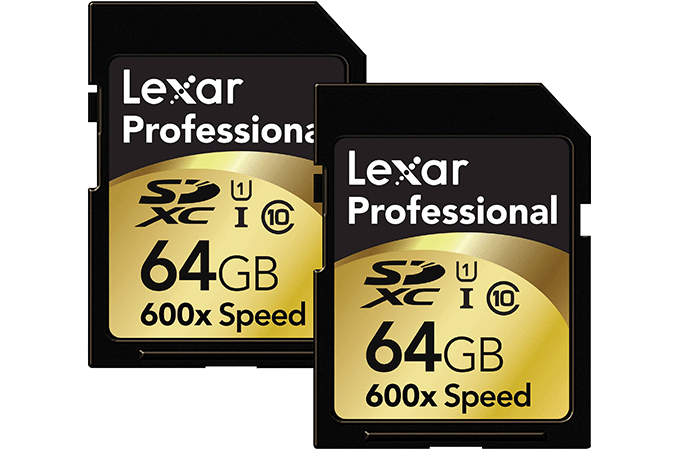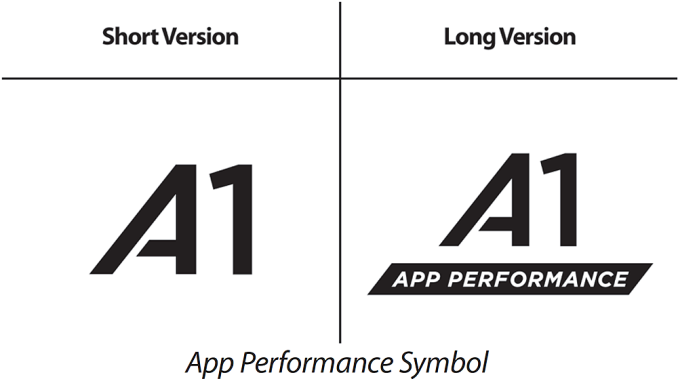The SD Card Association to Classify IOPS Performance of Memory Cards via Logo
by Anton Shilov on November 28, 2016 1:00 PM EST- Posted in
- Memory Cards
- NAND
- SD cards
- SD 5.1
- App Performance Class

The SD Association this week announced the SD Specification 5.1, which will introduce the so-called Application Performance Classes that will specify minimum read and write IOPS performance supported by the upcoming SD cards. The App Performance Classes are designed to help end users to ensure that memory cards they get are capable of providing decent experience when running applications.
When Panasonic, SanDisk and Toshiba developed the Secure Digital card standard in the late 1990s, their main goal was to create miniature removable devices to store multimedia files (music, images, short videos, etc.) and even operating systems that would be more versatile than MMC cards and would offer a path for future evolution. Over time, SD cards have increased capacity, improved sequential performance and even gained new interleaving modes to enable new usage models (such as recording of 360° videos or multiple video streams at once). In today's climate, usage patterns of SD cards by different people vary greatly. Some need to record and store UHD content, other need to run applications, which is why the former benefit from great sequential performance, whereas the latter need guaranteed sequential and random read/write performance.
Earlier this year the SD Association released the Secure Digital 5.0 specification that takes into account large block sizes of modern NAND flash chips and introduces the new Video Speed Class labels that define minimum write speeds supported by certain cards. Now the SD 5.1 spec introduces App Performance Classes that express minimum sustained sequential performance as well as random read and write IOPS performance. The first defined class is known as A1.
| App Performance Class 1 (A1) Minimum Performance Measures | ||||
| Sequential | Read IOPS | Write IOPS | ||
| 10 MB/s | 1500 | 500 | ||
The SD 5.1 defines the App Performance Class 1 (described with one of the A1 symbols) to require SD cards to provide a sustained sequential performance of 10 MB/s, a performance of 1500 random read IOPS as well as 500 random write IOPS. Eventually, the SD Association plans to introduce higher App Performance levels when the market requires. It should be noted that levels of performance of the App Performance Classes are only guaranteed on devices that comply with the SD 5.1 specifications, and are not general catch-all performance certification. As a result, owners of contemporary devices can get new cards and then test them using Google’s benchmark for SD cards to ensure that their performance is sufficient for running apps (or just check out third-party tests of SD cards).
| SD Card Performance Comparison | ||||||
| Minimum Sequential Write Speed | Speed Class | UHS Speed Class | Video Speed Class | App Performance Class | ||
| 90 MB/s | V90 | |||||
| 60 MB/s | V60 | |||||
| 30 MB/s | 3 | V30 | ||||
| 10 MB/s | 1 | V10 | A1 | |||
| 6 MB/s | 6 | V6 | ||||
| 4 MB/s | 4 | |||||
| 2 MB/s | 2 | |||||
As it usually happens with SD cards, other SD-defined labels (e.g., UHS Speed Class, Video Speed Class, etc.) that determine other characteristics of devices will accompany the new A1 labels. In fact, 10 MB/s sequential performance mandated by the App Performance Class 1 is not too high and various SD cards carrying the UHS Speed Class 1 (as well as the VSC V10) labels offer this level of performance by specification anyway. Meanwhile, the A1 label is the first to ensure that random IOPS performance is sufficient for apps designed with this performance class in mind.
Related Reading:
Source: SD Association











21 Comments
View All Comments
Guspaz - Tuesday, November 29, 2016 - link
So now there are at least six different competing performance ratings for SD cards. WTF!You've got the x rating (like 400x), the speed class rating, the UHS speed class rating (which is different from the UHS bus type rating), the video speed class rating, the app performance class rating, and oh yeah, many manufacturers also put the read speed rating on the cards, since NONE of the previous ratings that I mentioned say anything about read speeds.